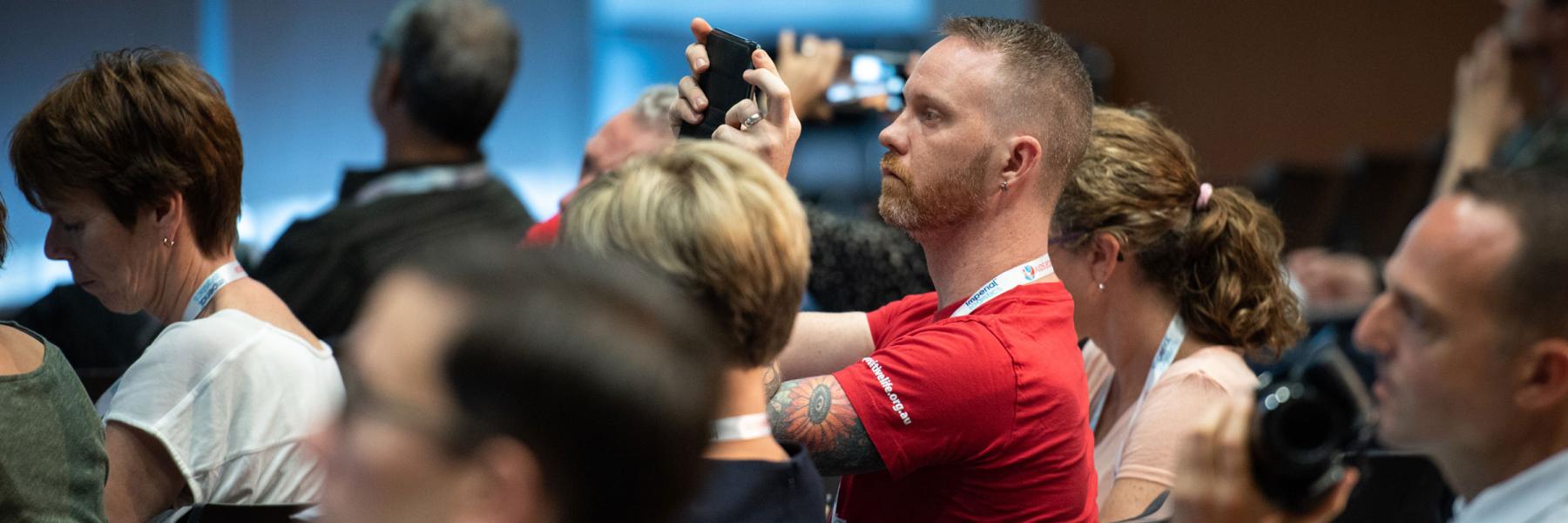The 22nd International AIDS Conference took place in Amsterdam from July 23–27, 2018. Here, we summarize key highlights on HIV cure-related research from the conference.
A pre-conference workshop on HIV cure research for the community was held on Saturday, July 21. This is the first time an HIV cure symposium focused entirely on community. We are grateful to the International AIDS Society for elevating the annual IAS cure meeting to a community conference.
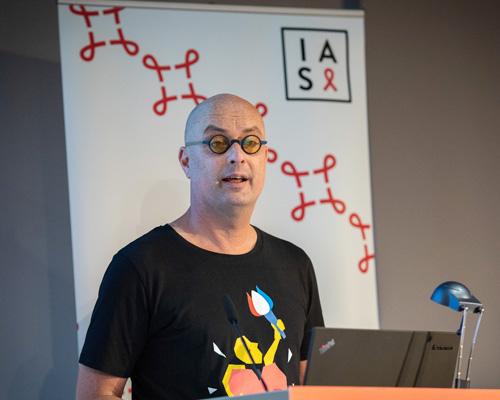
Community Activism
Fred Verdult, a long-time community activist who led the Positive Flame movement in Amsterdam opened the community cure workshop by emphasizing the urgency for an HIV cure—“The Time for Research is Now.” Verdult also explained the importance of participating in HIV cure research for people living with HIV.
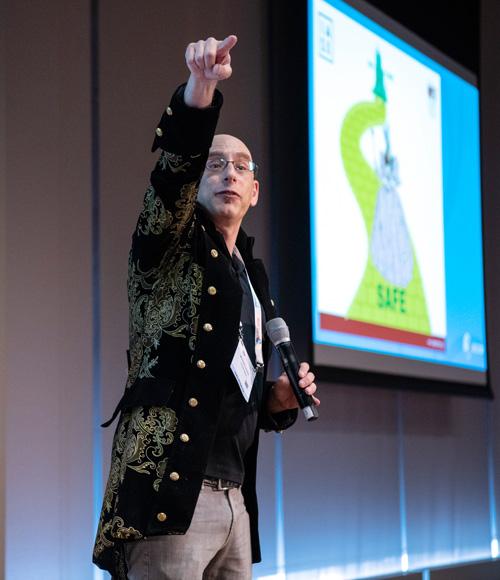
Michael Louella, of the defeatHIV Community Advisory Board in Seattle, Washington, led the session on “Building a Yellow Brick Road Toward a Cure.” Louella polled the audience on key desirable attributes of a future HIV cure. Among the top responses were that a cure for HIV should be safe, effective, affordable, simple, scalable, and convenient. Watch the yellow brick road video.
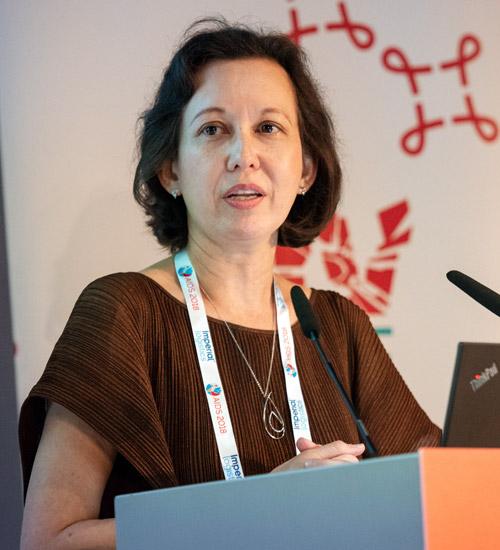
HIV Cure Research Updates
Jintanat Ananworanich provided an overview of ongoing HIV cure research studies globally. Of 36.9 million people living with HIV, there are approximately 100 documented cases of HIV remission and one case of complete HIV elimination: Timothy Brown. Jintanat presented various strategies being investigated towards an HIV cure, from bench science, intervention trials in animals and humans, and ethics and socio-behavioral aspects of HIV cure research. The main HIV cure research approaches are:
- Reversing HIV latency, or making visible HIV infected cells that have become invisible to the immune system; or “blocking and locking” these cells permanently
- Boosting the immune systems using different agents, such as broadly neutralizing antibodies that would likely need to be used in combination
- Genetically engineering cells to make them resistant to HIV infection, or better able to clear HIV-infected cells
Monique Nijhuis, from the University of Utrecht, presented main technological advances and hurdles in HIV cure research. Significant advances include the development of ultra-sensitive techniques to find HIV virus, and new trials being conducted. The IciStem consortium in Europe investigates the potential to cure HIV infection through stem cell transplantation. Nijhuis discussed the case of the Essen patient, who was transplanted with homozygous CCR5-deleted cells from a donor, similar to Timothy Brown’s transplant. Although the engraftment was successful, the patient’s HIV rebounded with a pre-existing CXCR4 virus (CXCR4 is another receptor that HIV uses to enter immune cells). This finding highlights the importance of testing for CXCR4-tropic virus in future stem cell transplants. The Essen patient passed away due to a relapse of his cancer (T cell lymphoma). At this time, the risks of stem cell transplants are only justified in people who have cancer.
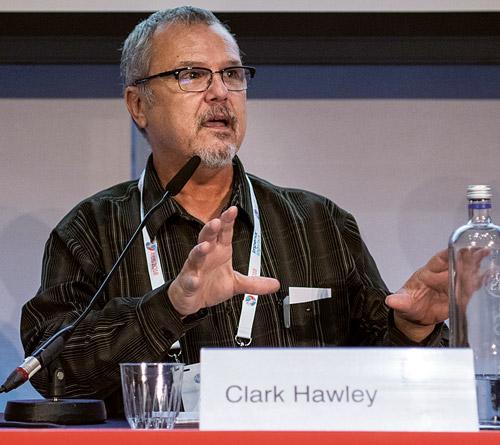
Participant and Patient Testimonials—Love is What Matters
Clark Hawley, one of the earliest documented cases of viral load post acquisition (a phase scientists call ‘Fiebig 1’), shared a powerful testimonial of what it meant for him to participate in HIV cure research at the University of California San Francisco. Clark shared that love is what drove his decision to give back and take part in HIV cure research: “The love overcame the fear. If people knew the care that is given by researchers, they would be much less fearful about research.”
Cipriano Martinez, a member of the DARE Community Advisory Board in Australia, discussed how people living with HIV perceive HIV cure research. “The context of love and why people love is what matters and why we need to find a cure for HIV,” Martinez said. He also emphasized the need for a home-based viral load test so people living with HIV who are sexually active can find out whether they are detectable for HIV in the U=U (undetectable equals untransmittable) era.
To Interrupt or Not Interrupt HIV Treatment?
John Frater from Oxford University and Steve Deeks, MD from the University of California San Francisco faced off in a debate about whether analytical treatment interruptions were necessary in HIV cure-related research.
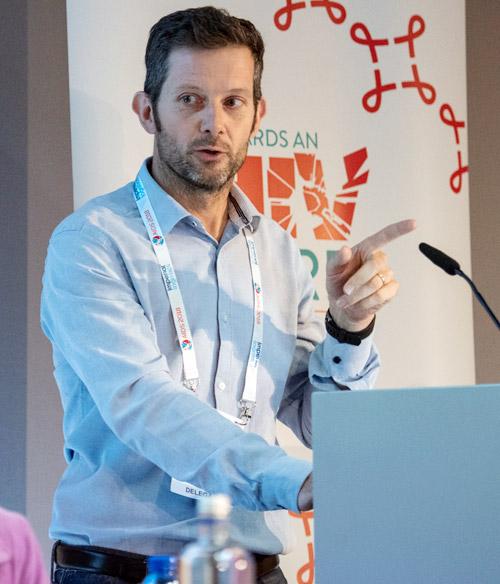
Frater explained why we should be careful with treatment interruptions. He believes treatment interruptions are justified to understand the basic biology, immunology and virology of HIV. They should also be done to better understand remission and post-treatment control. To understand whether a new drug or therapy might lead to an HIV cure, however, scientists are still unclear on how to do treatment interruptions properly. We cannot guarantee that treatment interruptions will be safe.
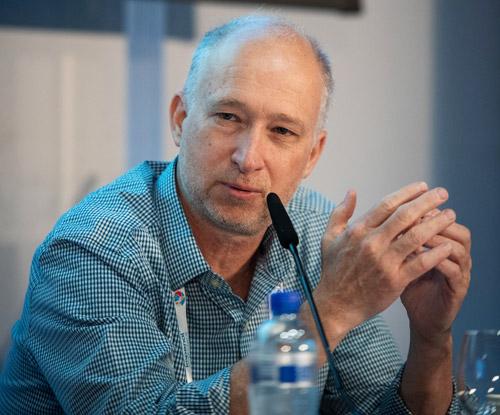
Deeks argued that treatment interruptions are necessary in HIV cure research because we do not know how to precisely measure the residual HIV reservoir, and we do not know how to measure or define protective immune responses. Deeks argued that interruptions could be done ethically as we know the risks, can mitigate against them, provide informed consent, avoid coercing people to enter a study, and we need research participants in order to advance HIV cure science.
Overall, the consensus was that it was important to emphasize to the community that treatment interruptions are against standard of care. They must be done in a carefully monitored research setting, with clinical expertise and community support.

To Reverse Latency or to ‘Block and Lock’ HIV?
Sharon Lewin from Australia’s Doherty Institute at the University of Melbourne and Susana Valente from the Scripps Research Institute debated whether to reverse HIV latency, or try keeping HIV locked permanently in the immune cells where it hides.
Lewin discussed why we need to continue research on reversing HIV latency as a two-step approach: 1) to reactivate HIV that has become dormant inside the cells, and 2) to help the immune system clear HIV infected cells that have reactivated. Many compounds are now in development that could reactivate HIV under investigation. Eventually, we will need more potent, less toxic, and more specific agents that could reactivate latent HIV, as well as effective combinations.
Valente discussed the new “block and lock” approach to keep the virus under hibernation. The secret lies in the chromatin gene that keeps the latent HIV gene turned off. Actually, the default for latently-infected cells is for the HIV gene to remained turned off. There is only one potential “block and lock” agent at this time, called dCA. This strategy could be promising in the future if more investigational agents can be found. This approach would be specific to HIV infection (a gene called ‘Tat’ that regulates the passage from latent to active infection). “Block and lock” would not permanently silence other regulatory pathways that are necessary to fight other infections.
Brad Jones from Cornell University presented the newest science in the search for a cure during a plenary session using the analogy of the little Dutch boy. To find HIV remission, we must either: 1) drain the HIV reservoir (eliminate HIV-infected cells), or 2) reinforce the dam (boost the immune response to HIV). All strategies being investigated for curing HIV infection aim to achieve one or the other of these objectives. Jones explained that therapies aimed at reducing viral reservoirs or inducing remission are showing promise, but we must view HIV cure as a long-term goal. Basic science research is needed to improve methods of targeting and measuring persistent sources of the virus.
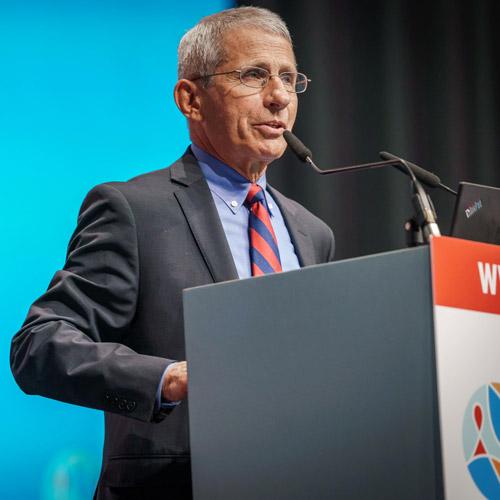
Anthony Fauci, Director of the National Institute of Allergies and Infectious Diseases (NIAID) presented an update on various pathways towards sustained ART-free HIV remission. Fauci said that HIV remission is a feasible goal that we must continue to pursue. We must evaluate the risk-to-benefit ratio of attempting ART-free remission versus taking one pill per day. Optional criteria for a regimen would be low risks to patients, scalability, and the ability to induce sustained ART-free remission. A promising approach being investigated in HIV cure is the use of broadly neutralizing antibodies. To optimize these special antibodies, we must make them more potent and extend their half-life. Studies are under way in animals and people to see whether these molecules can suppress the virus. Fauci described the preliminary results of a pilot study that used an antibody called alpha4-beta-7 (vedolizumab). The study enrolled 18 participants who had been on ART for two or more years, and were infused with the antibodies over several weeks. Although no durable control of HIV was seen, the infusions were safe and well-tolerated. There were five representative patterns of viral rebound and suppression. Fauci said properly powered randomized controlled trials will be needed in the future.
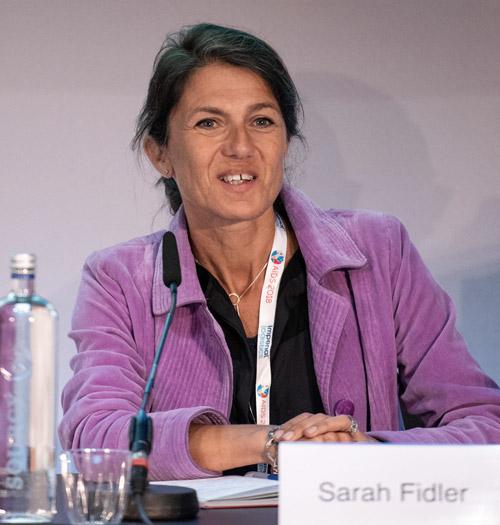
Sarah Fidler from Imperial College London discussed the results of the RIVER trial. RIVER enrolled approximately 60 participants in a two-arm randomized, phase 2 study of a latency-reversing drug Vorinostat—the “kick”—and two HIV vaccines (ChAdV63 and HVA.HIVconsv)—the “kill." Investigators found no difference in effect between participants who received the intervention and those who were maintained on standard antiretroviral therapy. The study highlighted the importance of using a control arm, and helped advance the science of looking at combination approaches for HIV cure research.


